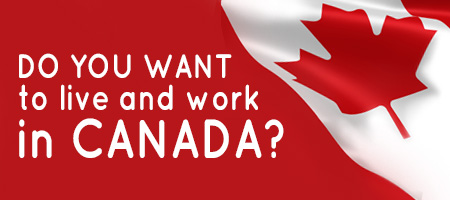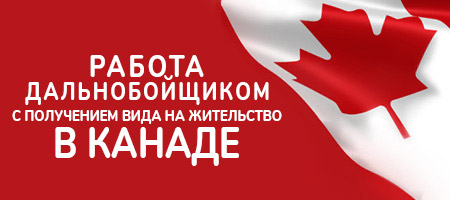The CB faded from popular culture, largely driven into the background through the introduction of cell phones and smartphones. But that does not mean every trucker has given up on the humble CB.
Truck drivers have long used CB radios, but for a period in the 1970s they became part of popular culture. Bill Fries, a jingle writer using the pseudonym CW McCall, recorded a song called Convoy that climbed to the top of the pop charts.
Couple that with the 1977 classic Smokey and the Bandit, starring Sally Field and Burt Reynolds, and references to 10-codes and other CB lingo were quoted on and off the mic. "I just passed another Kojak with a Kodak," Jerry Reed drawled into his mic, referring to a highway patrolman with radar. "This place is crawling with bears."
Convoy came next, directed by Sam Beckinpah. Chuck Norris starred in Breaker! Breaker! Handle with Care (also known as Citizen's Band), adding to the list.
The CB faded from popular culture, largely driven into the background through the introduction of cell phones and smartphones. But that doesn't mean every trucker has given up on the humble CB.
"The smartphone has replaced the CB in many instances, but it's not necessarily a good thing," said Susie De Ridder, an Armour Transport driver and Women in Trucking's Driver of the Month this June. "The CB was a safety net, when you could rely on other drivers for local traffic reports, weather conditions and directions, or when you might need help roadside or even a friendly voice to keep you company on a lonely stretch of highway."
The source of the friendly voices, though, could be silenced in Ontario. Policy makers there are deciding whether handheld CB radios should be lumped in with cell phones as potentially -dangerous distractions. And if the province makes using a wired CB radio while driving illegal, it will become the first jurisdiction to do so.
The Ontario Ministry of Transportation exempted handheld two-way radios from a distracted driving ban in 2013, offering a five-year timeline to come up with alternatives.
Now it is looking at three options:
1. Extend the exemption for handheld use of two-way radios for an additional seven years (and review again in seven years).
2. Make the exemption permanent, as other jurisdictions have done.
3. Allow the exemption to expire, effective January 1, 2018, making handheld use of devices illegal, and requiring all currently exempted -drivers to use hands-free alternatives only.
Several of those who work behind the wheel are hoping the province allows the mics to be keyed for years to come.
"Ontario thinks the CB is a distraction," says Winnipeg-based driver David K. Henry. "It's the opposite. Used right, it's a life-saving machine."
"These radios are very, very useful," agrees Rene Robert, another Winnipeg-domiciled owner-operator. "They help prevent accidents, but these days not enough people are using them. Remember last winter the trucks kept piling up on each other during a snowstorm? It's ridiculous. In the old days, everybody would have been on the CB and the carnage would have been avoided."
"When I had my head-on in Vegreville in 1986 and everything came to a standstill, I used my CB to warn the other truckers that my trailer was blocking the road. It could have made a mess otherwise at 3 a.m.," he says.
Adds Henry: "We always made sure the four wheelers knew something was up ahead. I know that this saved many accidents in the past. Nowadays people get out their cell phones and video the crash. There's no preventive measure with a cell phone."
"A few years back," says Robert, "I was headed north through Sandpoint, Idaho. They were making a bypass around the town, but at that point all traffic was still going through the very -picturesque town. Trucks were not appreciated.
"I got stopped by the flag person. A guy headed southbound with a wide load was calling on the CB. He was concerned that, because the traffic was at a standstill, he was going to cause an even bigger issue as people and tourists would try to take chances around him. The potential for -accidents was high, even with a normal truck."
Using his CB, Robert helped the traffic control personnel halt all northbound traffic until the big hauler got through town. "The CB was the only way we could have controlled that situation," Robert says. "There was no other way around a true -bottleneck."
"As a wide-load operator I'm required to have my CB on at all times. When using a pilot car they must also be on channel 19 or 5 if you're on the left coast [British Columbia]… Regardless, you must have a public means of communication," Henry adds.
It is about more than meeting a business need, of course. The chatter on a CB can establish a sense of community, and inject a sense of humanity into an industry where drivers are sometimes identified by unit numbers rather than colorful handles. "Things can get downright silly sometimes," says Steve Rock, a British expat who has driven trucks from one end of North America to the other. "A few years back I was looking for a road called [coincidentally] CB in Appleton, Wisconsin. Its local name is Two-Mile Road, but all I had were the initials. Anyway, after several unsuccessful attempts at getting help on the CB – I thought it might have been my not-so-local accent that kept them from chatting – I cleared my throat and announced, 'Seeing as we've helped you Yanks out in more than one war, the least you could do is help me with some bloody directions.'
"I wasn't really sure if I should have used the term 'Yanks', but I'm pleased to report it worked. I was able to pick out directions from the deafening roar that now came from the speaker."
Time will tell if such a roar will continue to be possible in Ontario.








 Newspaper about
Newspaper about